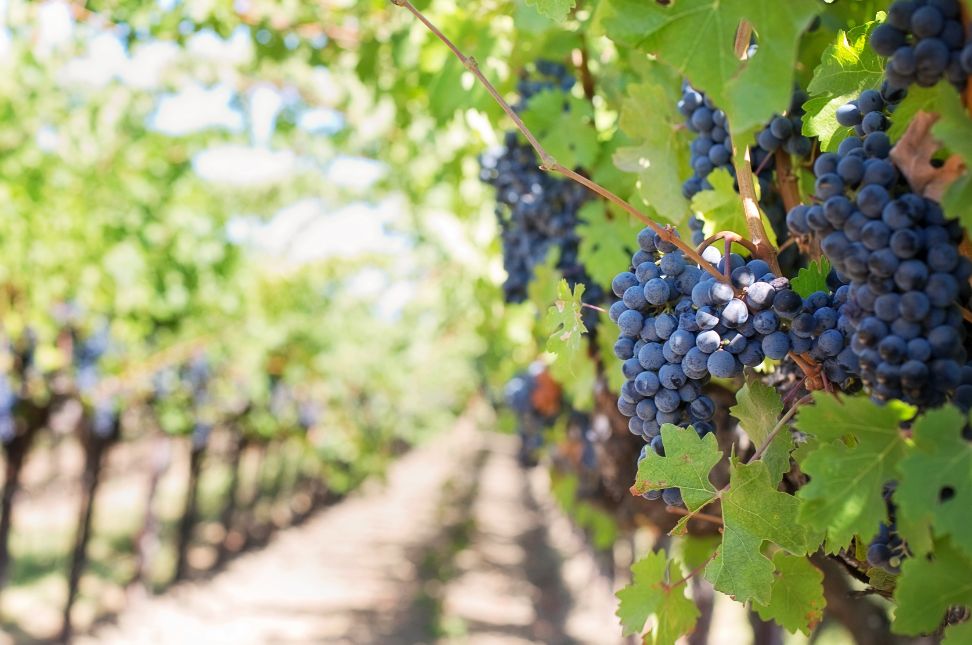Australia, a land of diverse climates and landscapes, offers unique experiences throughout the year. From tropical rainforests to arid deserts, and bustling cities to serene beaches, understanding the best time to visit can enhance your travel experience. Here’s a seasonal travel guide to help you plan your trip to Australia, tailored to travelers from the US, UK, and Canada.
Understanding Australia’s Seasons
Australia’s seasons are the reverse of those in the northern hemisphere:
- Summer: December to February
- Autumn: March to May
- Winter: June to August
- Spring: September to November
Summer (December to February)
Best For: Beaches, Outdoor Activities, Festivals
Highlights:
- Beaches: Australia’s coastline comes alive in summer. Iconic beaches like Bondi in Sydney, Surfers Paradise on the Gold Coast, and Cable Beach in Broome are perfect for sunbathing, swimming, and surfing.
- Great Barrier Reef: Ideal for snorkeling and diving, but be aware of marine stingers in northern Queensland waters. Stinger suits are recommended.
- Festivals: Enjoy major events like Sydney’s New Year’s Eve fireworks, the Australian Open in Melbourne, and the Adelaide Fringe Festival.
Travel Tips:
- Book Early: Summer is peak tourist season, especially during the Christmas and New Year holidays. Accommodation and flights can be expensive and fill up quickly.
- Stay Hydrated and Protected: Australian summers can be very hot. Always wear sunscreen, a hat, and stay hydrated.
Autumn (March to May)
Best For: Wine Tours, Mild Weather, Fewer Crowds
Highlights:
- Wine Regions: Autumn is harvest season in Australian wine regions like the Barossa Valley, Hunter Valley, and Yarra Valley. Enjoy vineyard tours and wine tasting.
- Mild Weather: Cities like Sydney, Melbourne, and Brisbane experience pleasant temperatures, making it a great time for city tours and outdoor activities.
- Fewer Tourists: The summer rush is over, making popular destinations less crowded and more enjoyable.
Travel Tips:
- Pack Layers: While the days can be warm, evenings may be cooler, so bring layers.
- Event Planning: Check local events like the Melbourne Food and Wine Festival and regional food festivals.
Winter (June to August)
Best For: Snow Sports, Northern Australia, Cultural Events
Highlights:
- Snow Sports: Head to the Australian Alps in New South Wales and Victoria for skiing and snowboarding at resorts like Thredbo, Perisher, and Mount Hotham.
- Northern Australia: The dry season in northern Australia makes it the perfect time to visit the Great Barrier Reef, Darwin, and the Kimberley region. Enjoy clear skies and comfortable temperatures.
- Cultural Events: Experience Vivid Sydney, a festival of light, music, and ideas, or the Darwin Festival, showcasing local arts and culture.
Travel Tips:
- Book Early for Snow Resorts: Winter sports are popular, so ensure you book accommodation and lift passes in advance.
- Prepare for Temperature Variations: While the north remains warm, southern cities like Melbourne and Sydney can be cool, so pack accordingly.
Spring (September to November)
Best For: Wildflowers, Wildlife, Outdoor Adventures
Highlights:
- Wildflower Season: Western Australia is famous for its spectacular wildflower displays. Visit regions like Perth, Margaret River, and the Coral Coast to see blooming landscapes.
- Wildlife: Spring is a great time for wildlife spotting. Head to Kangaroo Island, Tasmania, or national parks for sightings of kangaroos, koalas, and birdlife.
- Outdoor Adventures: The weather is perfect for hiking, cycling, and exploring national parks. The Blue Mountains, Grampians, and the Great Ocean Road offer stunning spring scenery.
Travel Tips:
- Check Wildflower Forecasts: Wildflower blooms can vary, so check local forecasts to plan your visit.
- Wildlife Safety: Be respectful of wildlife habitats and follow guidelines for safe interactions.
General Travel Tips for Australia
- Visa Requirements: Ensure you have the necessary visa for entry. Tourist visas are typically required for US, UK, and Canadian citizens.
- Health Precautions: Australia has a high standard of healthcare, but it’s advisable to have travel insurance. Be aware of local health advisories, especially in tropical areas.
- Transportation: Consider renting a car for flexibility, especially for road trips. Australia’s public transport is reliable in cities, but rural areas may require private transport.
- Local Customs: Australians are friendly and laid-back. Tipping is not obligatory but appreciated. Respect local customs and indigenous cultures, particularly when visiting sacred sites.
Conclusion
Australia offers a year-round array of experiences, catering to diverse interests and travel styles. Whether you’re basking on a beach in summer, exploring vibrant cities in autumn, hitting the slopes in winter, or marveling at spring wildflowers, there’s always something incredible to see and do. By understanding the seasonal nuances, you can plan the ultimate Australian adventure, making the most of your time in this extraordinary country.




